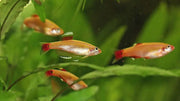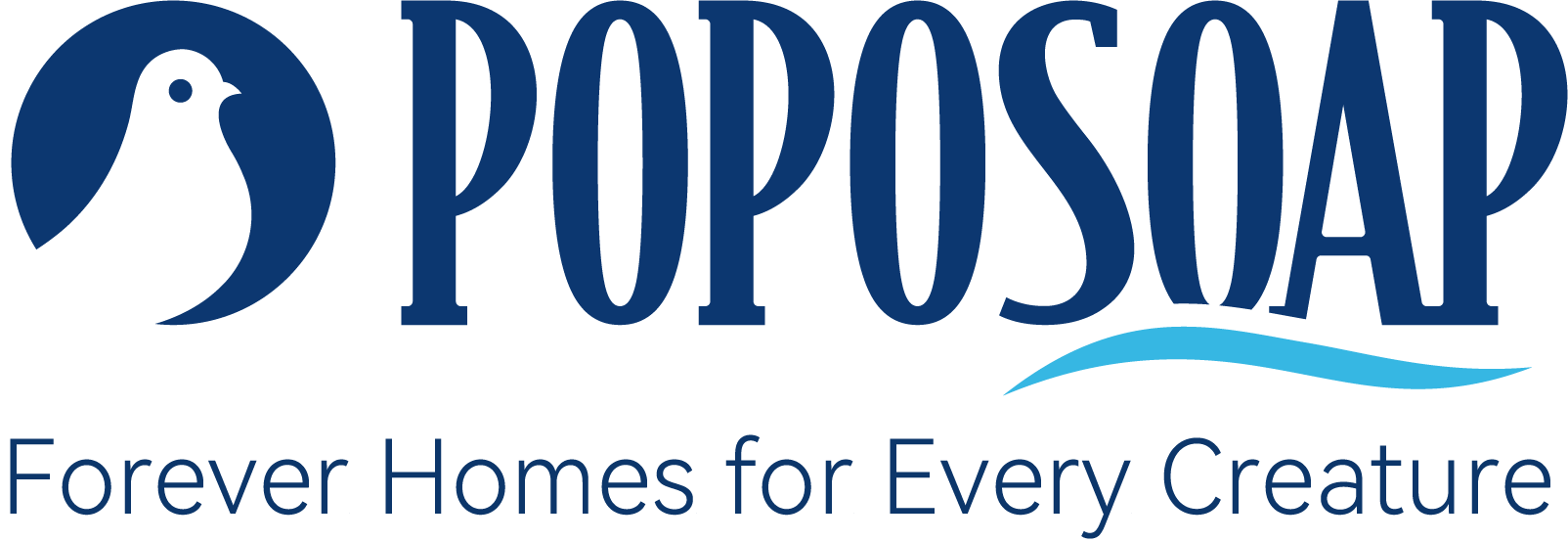
Stand by any thriving water garden, and you’ll spot flickers of silver darting between plant roots. Minnows — from rosy reds to fatheads — are the unsung heroes of backyard ponds and nano-aquariums, gobbling mosquito larvae and adding constant motion. Yet many new keepers ask the same question: what do minnows eat, exactly, and how do I feed them without fouling the water? This deep-dive explains natural diets, captive menus, species differences, and smart feeding habits that work hand-in-hand with Poposoap’s pond-safe filtration gear.
Why It’s Important to Know Minnow Diets
Healthy fish start with the right food. Over-feeding or choosing the wrong ration leads to bloated bellies, stunted growth, and—worst of all—excess waste that crashes water quality. Because minnows sit low on the food chain, their menu also shapes the entire ecosystem: feed them correctly and algae stays in check; feed them poorly and you fertilize green soup. Understanding what do minnows like to eat is step one toward a balanced pond or crystal aquarium.
What Do Minnows Eat in the Wild?

Wild minnow schools graze from dawn to dusk on whatever the current delivers:
- Zooplankton & Daphnia – tiny crustaceans rich in protein.
- Insect Larvae – mosquitoes, chironomids, and mayflies.
- Algae Filaments – particularly soft green strands.
- Plant Detritus & Seeds – ground cover that drifts into shallow pools.
- Biofilm – a microscopic buffet coating rocks and plant stems.
This opportunistic diet makes minnows highly adaptable; they shift among protein, fat, and fiber sources as seasons change. In your pond, that same flexibility lets them clean up scraps between formal feedings.
What Do Minnows Eat in a Pond or Aquarium?

Domestically raised minnows still appreciate variety. Build their menu around three pillars:
Staple Prepared Foods
High-quality micro-pellets or crushed flakes deliver balanced amino acids plus stabilised vitamins. Choose brands labeled for cold-water or community fish; these sink slowly so minnows can peck mid-column.
Live or Frozen Treats
Offer baby brine shrimp, bloodworms, or daphnia twice a week. The hunt triggers natural foraging behaviour and brightens colours.
Vegetable Supplement
Blanched spinach ribbons or spirulina flakes twice weekly aid digestion and mimic wild algae grazing.
Because minnows nip all day, scatter mini-feedings—just enough that everything is gone in two minutes. Any excess should be removed with a fine net, or better yet captured by a Poposoap Solar Pond Filter whose multi-stage pads and bio-balls trap leftovers before they rot.
Differences by Minnow Type
Fathead Minnow (Pimephales promelas)

What do fathead minnows eat? In captivity they favour protein-heavy micro-pellets, blackworms, and algae wafers. They also scrape soft diatoms from liner walls, meaning a lightly algae-dusted pond is actually a buffet.
Rosy Red Minnow

A colour morph of the fathead, rosy reds metabolise slightly less protein in cold water. Winter menu: wheat-germ flakes plus crushed peas. Summer: micro-pellets and mosquito larvae. If you’ve wondered what do rosy red minnows eat that keeps their coral hue, answer: carotenoid-rich foods such as brine shrimp and spirulina.
White Cloud Mountain Minnow

Surface feeders that prefer finely crumbled flakes mixed with live fruit flies. Their upturned mouths take prey from ripples, so combining a floating ring feeder with a gentle Poposoap Floating Pond Fountain keeps food corralled and oxygenated.
Feeding Tips for Healthy Minnows
- Match Pellet Size to Mouth Size
Crush standard flakes between fingertips; pieces should be no larger than half the eye diameter.
- Use Flow to Disperse
Direct the outflow of a Poposoap AC Pond Pump across the feeding zone; the slow current scatters micro-bits so the whole school eats, reducing aggression.
- Stick to the Two-Minute Rule
Whatever isn’t gone in 120 seconds risks sinking into the substrate where it will decay.
- Fast Once a Week
A 24-hour fast clears intestines and imitates the lean cycles minnows face in nature.
- Monitor Water Parameters
Even hardy minnows suffer above 0 ppm ammonia or nitrite. Continuous biological action inside every Poposoap Pond Filter Kit converts waste to harmless nitrate, but test weekly until you calibrate rations.
What Not to Feed Minnows
- Bread or Crackers – swell in the gut, causing fatal blockages.
- High-fat Meats – foul water and minnows cannot digest saturated lipids.
- Large Pellets for Cichlids or Koi – choke hazard.
- Uncooked Vegetables – cellulose walls pass undigested and cloud the pond.
- Foods Laced with Copper Sulfate – marketed for algae control; toxic to small fish.
If accidental over-feeding occurs, crank up circulation with a Poposoap Solar Pond Aerator and net debris promptly.
Conclusion: Feed Minnows Right for a Thriving Pond
Answering what do minnows eat in a pond boils down to replicating nature: tiny protein morsels, green roughage, and steady grazing. Stick with high-quality micro foods, enrich with live treats, and let Poposoap’s energy-free filters and pumps keep the water column sparkling so every crumb stays accessible—not trapped in sludge. Follow these guidelines and your minnow school will reward you with vibrant colours, mosquito control, and endless motion—proof that the smallest fish can deliver the biggest joy.










